There can be your advertisement
300x150
7 Reasons to Remove a Tree
Trees are a wonderful addition to any landscape, providing shade, beauty, and ecological benefits. They increase property value and create a sense of connection to nature.
However, there are times when removing a tree becomes the best solution, even if it's unpleasant. Here are seven situations where removing a tree from your property may be necessary.
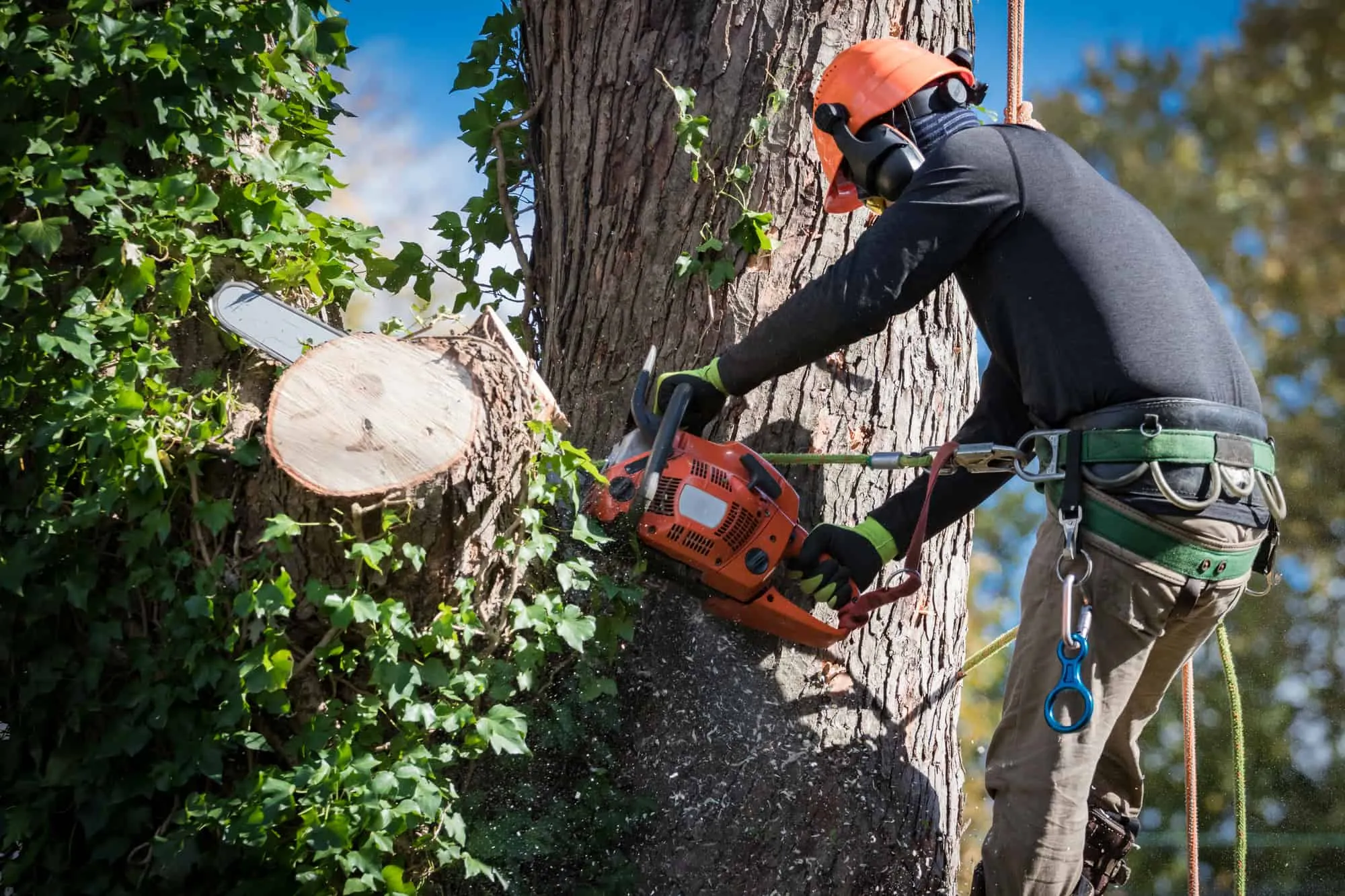
1. The Tree Is Dead
When a tree dies, it's not just an aesthetic issue. Safety becomes a serious concern. The weakened structure of a dead tree makes it highly likely that branches or the entire trunk will fall, posing danger to property and people.
Additionally, a dead tree can attract pests and diseases that threaten other healthy trees. Removing a dead tree eliminates the danger and protects the rest of your landscape. If you're unsure about the condition of a tree, look for signs to watch out for: lack of leaves during the growing season, brittle branches that break easily, and the presence of fungi.
However, when removing dead trees, caution must be exercised to avoid injury. Therefore, it's recommended to work with professional tree removal services that follow local and national safety standards. They will remove the tree professionally, without endangering anyone or damaging the landscape.
2. Serious Disease or Infestation
Trees can suffer from various diseases and become targets for insects. Statistics show that more than 80% of tree species are susceptible to at least one disease, and 75% are vulnerable to insects. While some of these issues can be treated, others are too aggressive to manage.
When a tree's health deteriorates and it can no longer be saved, removal is often the only way to protect other trees in the area. Removal prevents the spread of disease or infestation, ensuring the health of your entire landscape.
In such situations, it's crucial to consult an arborist. A professional can accurately diagnose the problem and advise whether a tree can be saved or if the risk to other trees is too great. They may also recommend preventive measures for remaining trees.
3. Significant Structural Damage
Storms often cause severe damage to trees, breaking branches or even splitting trunks. Sometimes the damage is so extensive that a tree cannot recover. Internal decay, invisible from the outside, can critically weaken the tree's integrity. When a tree’s structural stability is at risk, it becomes increasingly prone to falling or shedding large branches—especially during bad weather.
In these situations, safety must be prioritized. A structurally damaged tree near a house, power lines, walkways, or play areas can be very dangerous. Professional tree pruning services are the safest way to manage a tree that may cause harm if it falls.
4. Root System Problems
While tree roots are vital for health, they sometimes become problematic. Studies show that root systems contain more than 65% of a tree's mass, meaning they can grow significantly and penetrate walls and foundations. Aggressive root systems may invade underground utilities like water or sewer lines. Roots can also burst through sidewalks, driveways, or house foundations, causing uneven surfaces, tripping hazards, and costly structural issues.
When a tree's roots threaten your property's infrastructure, you may have no choice but to consider removal. While some root problems can be addressed with pruning or barriers, in extreme cases, the safest option is complete tree removal.
 A large wooden stump is being processed using a yellow tree cutter on the background of a wooden wall. A top view with a yellow tree cutter equipped with tracks. In stump processing machines, the head grinds large volumes of wood chips. Next to the tree cutter is a large pile of weeds obtained from the recently processed stump.
A large wooden stump is being processed using a yellow tree cutter on the background of a wooden wall. A top view with a yellow tree cutter equipped with tracks. In stump processing machines, the head grinds large volumes of wood chips. Next to the tree cutter is a large pile of weeds obtained from the recently processed stump.5. Overcrowding
Trees need space to reach their potential. When planted too close together, trees compete harshly for resources like sunlight, water, and nutrients. This can slow their growth and lead to declining health in some or all trees. Removing individual trees allows the rest to thrive, increasing property value and showcasing healthier, more attractive specimens.
Removing overcrowded trees creates a healthier environment by improving light penetration and air circulation. It also contributes to a more balanced and aesthetically pleasing landscape. You can incorporate landscaping design elements when removing excess trees, cutting them in a specific way with a chainsaw. In this manner, you remove the trees while enhancing the landscape.
6. Obstacle or Improper Placement
Sometimes a tree, even if healthy, simply isn't in the right place. Over time it can grow beyond its designated area, blocking important views or becoming dangerous to power lines. Branches may also interfere with solar panels, negatively affecting their efficiency.
Proper planning before planting is ideal, but removal may be the most practical solution when an existing tree causes issues in a problematic location. This ensures safety, preserves the landscape, and maximizes solar energy use.
7. Wrong Tree for the Space
Not all trees are alike, and planting an inappropriate type in a specific location can cause problems. A tree that grows too large for the space it's planted in leads to overcrowding and root issues. Additionally, some tree species are considered invasive because they spread quickly and displace native plants.
Removing an inappropriate tree frees up space for a more suitable one. You can choose a species that fits the area, offers advantages aligned with your goals (shade, privacy, fruit), and doesn't disrupt ecological balance.
Conclusion
Deciding to remove a tree should always be taken seriously. Trees offer many benefits, and options for preservation or treatment should always be considered. Consulting a qualified arborist is always a wise step, as they can provide expert advice on tree health, potential risks, and the necessity of removal.
More articles:
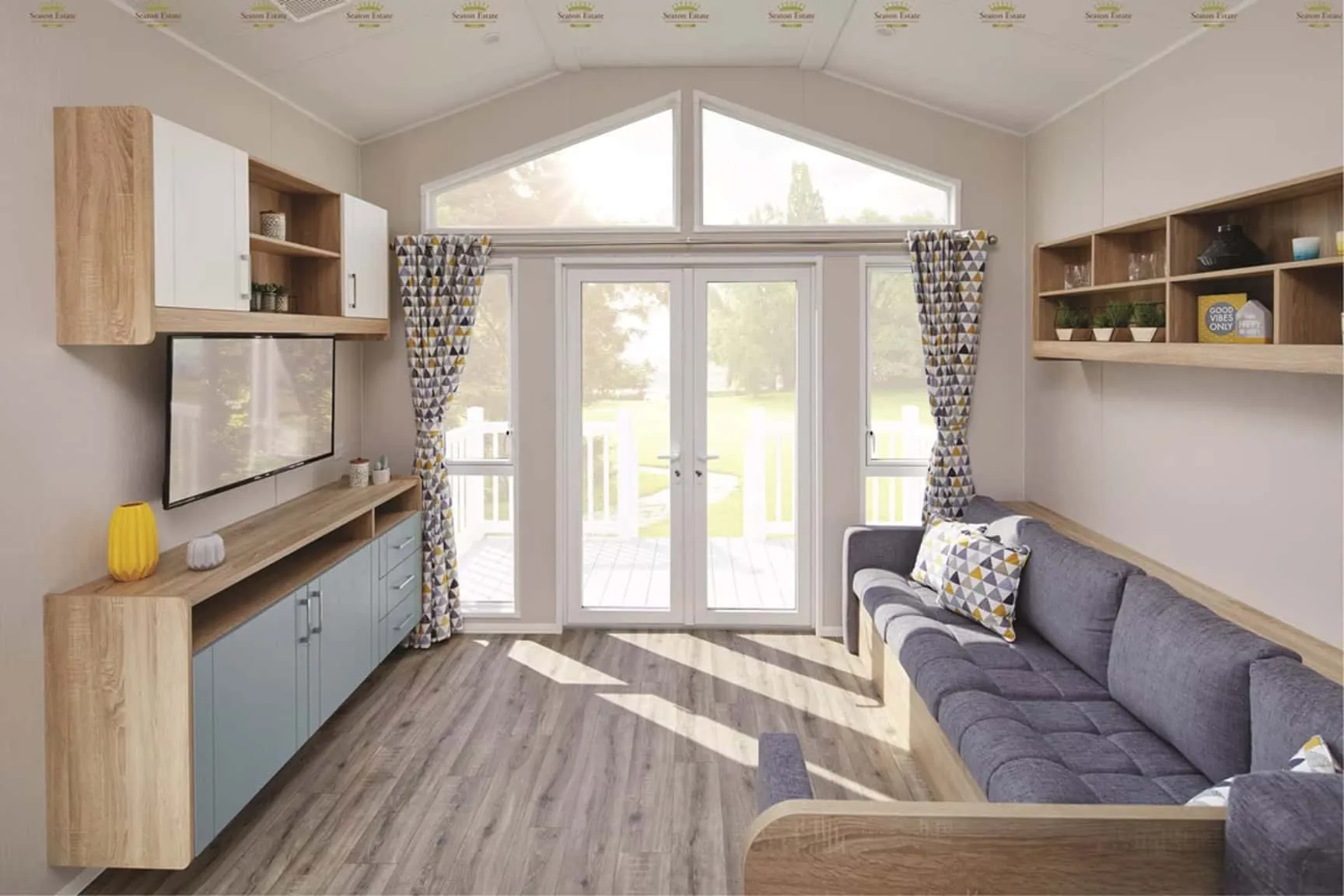 6 Reasons to Choose French Doors
6 Reasons to Choose French Doors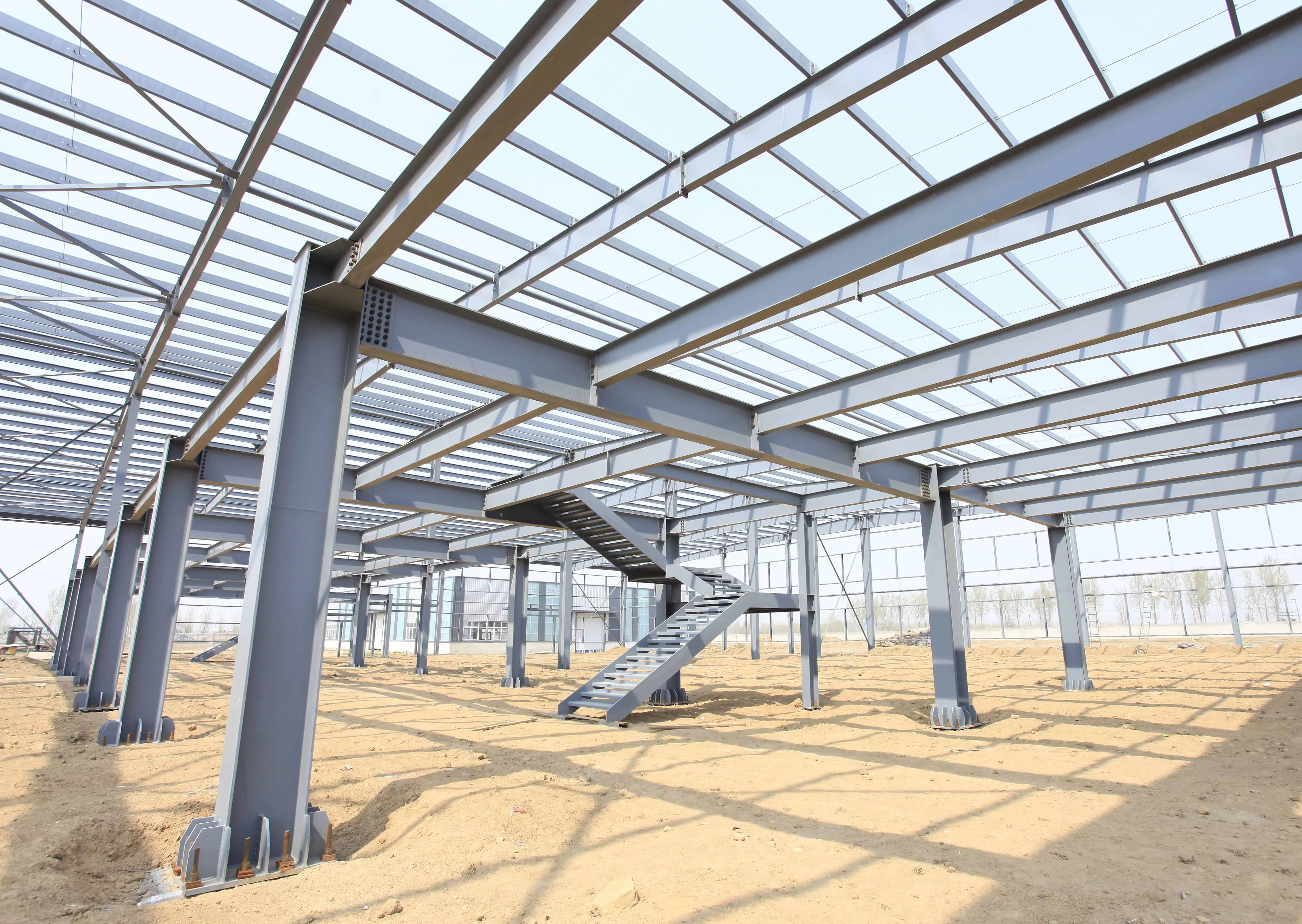 6 Reasons Why Steel Is an Attractive Material for Construction
6 Reasons Why Steel Is an Attractive Material for Construction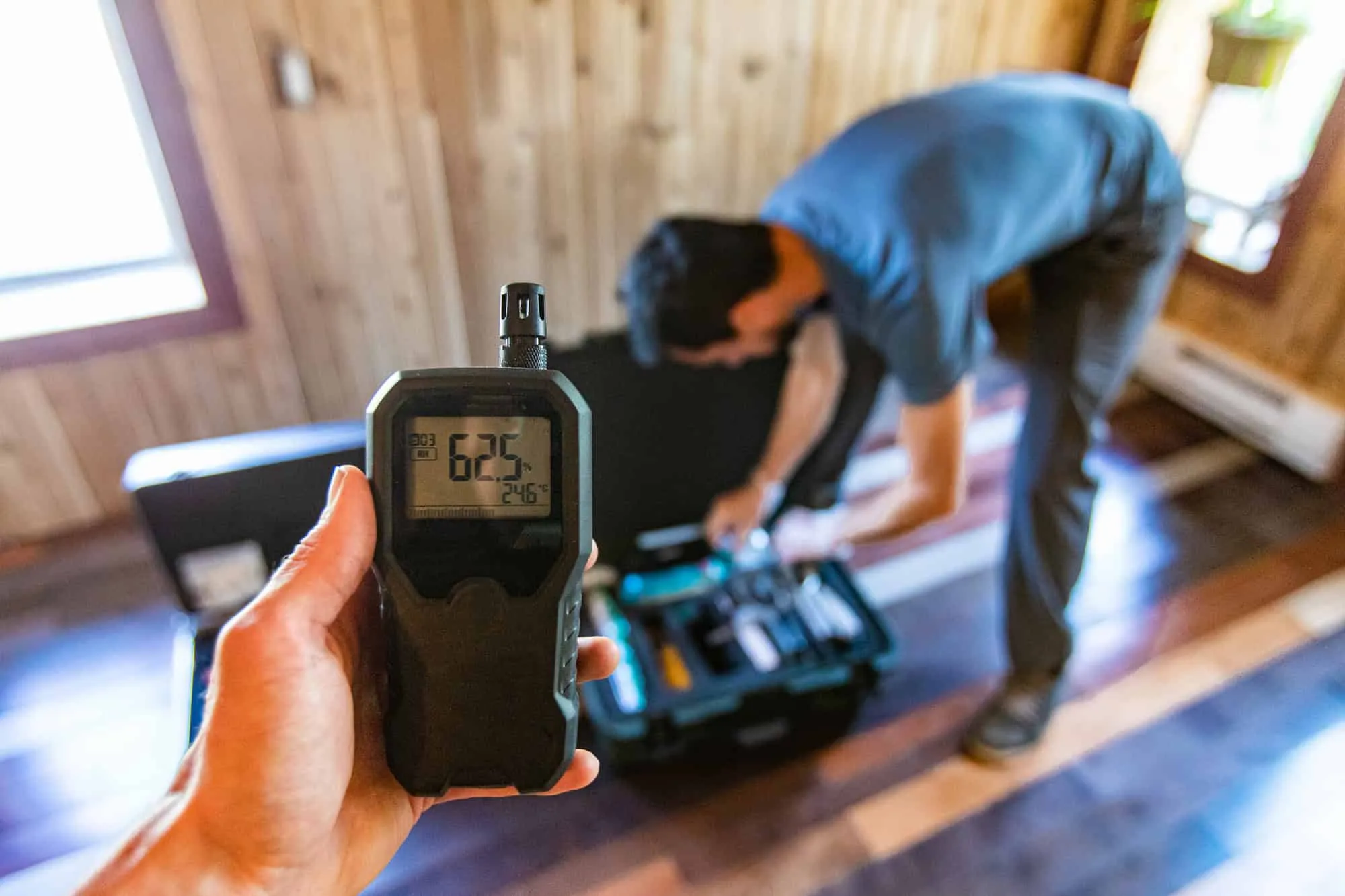 6 Reasons to Discuss Indoor Air Quality Testing
6 Reasons to Discuss Indoor Air Quality Testing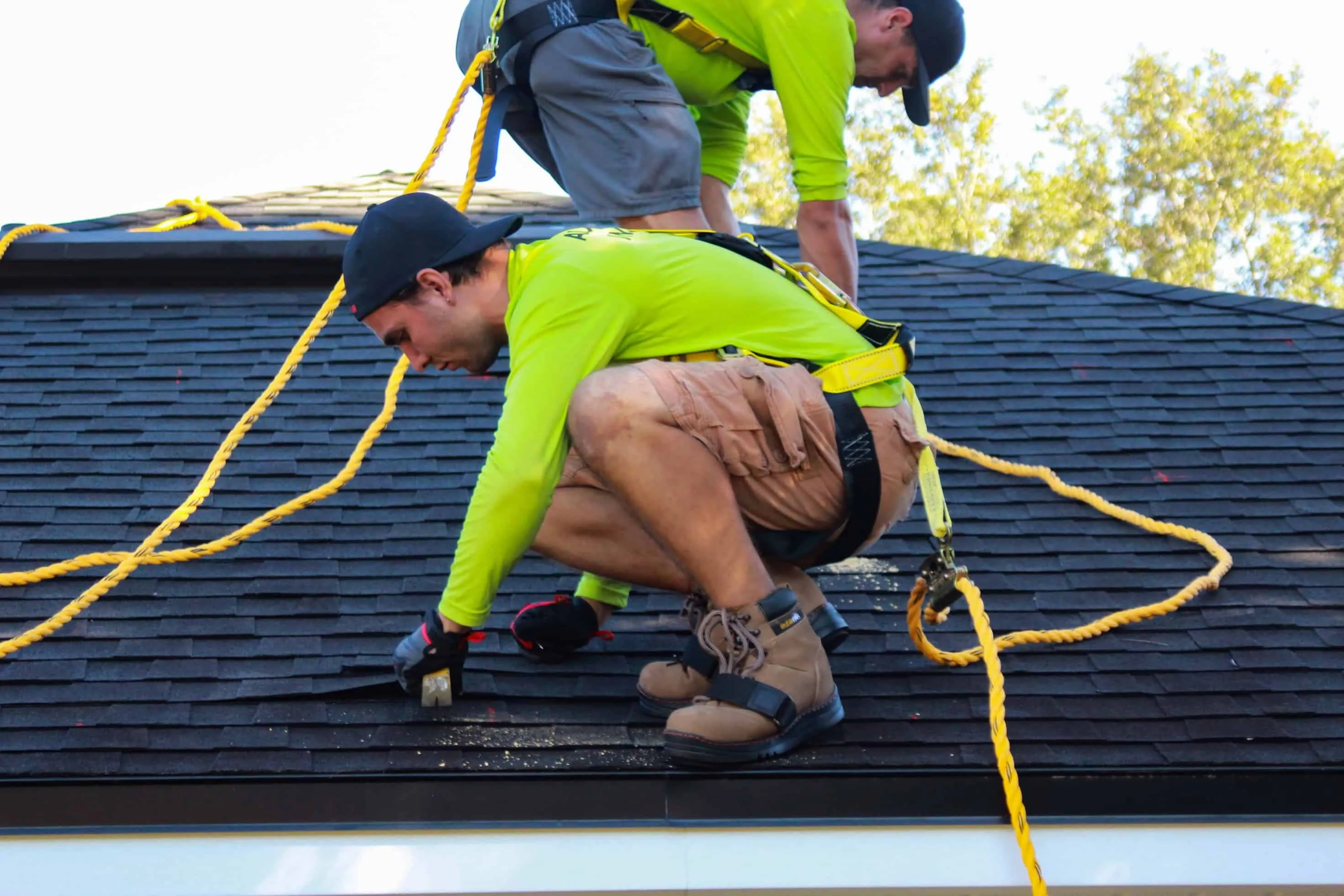 6 Roof Solutions You Only Get From Experts
6 Roof Solutions You Only Get From Experts 6 Signs It's Time to Sell Your Home
6 Signs It's Time to Sell Your Home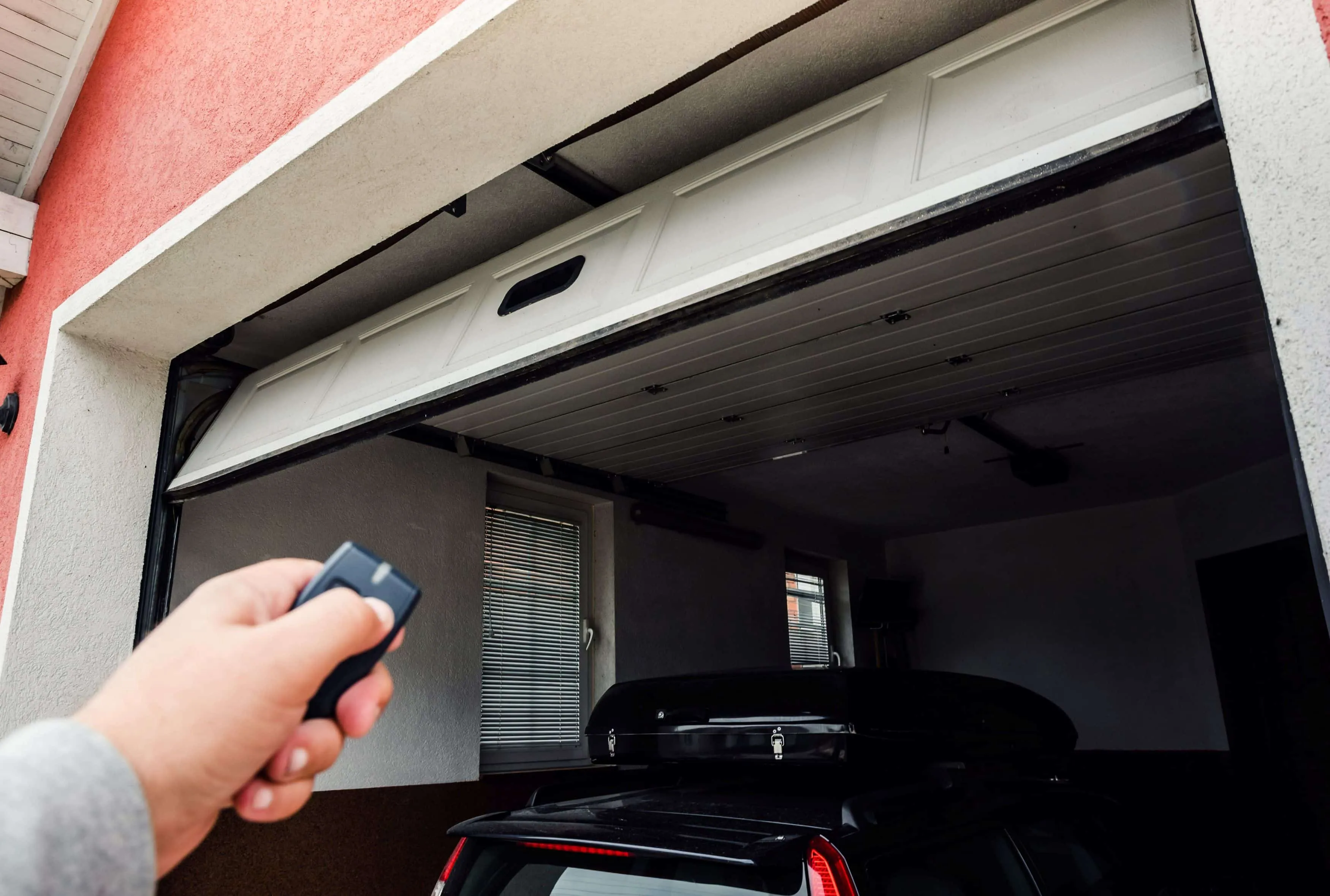 6 Signs That Gate Springs Need Replacement
6 Signs That Gate Springs Need Replacement 6 Smart Ways to Improve Your Home
6 Smart Ways to Improve Your Home 6 Steps to Disinfect and Shine Your Sink
6 Steps to Disinfect and Shine Your Sink